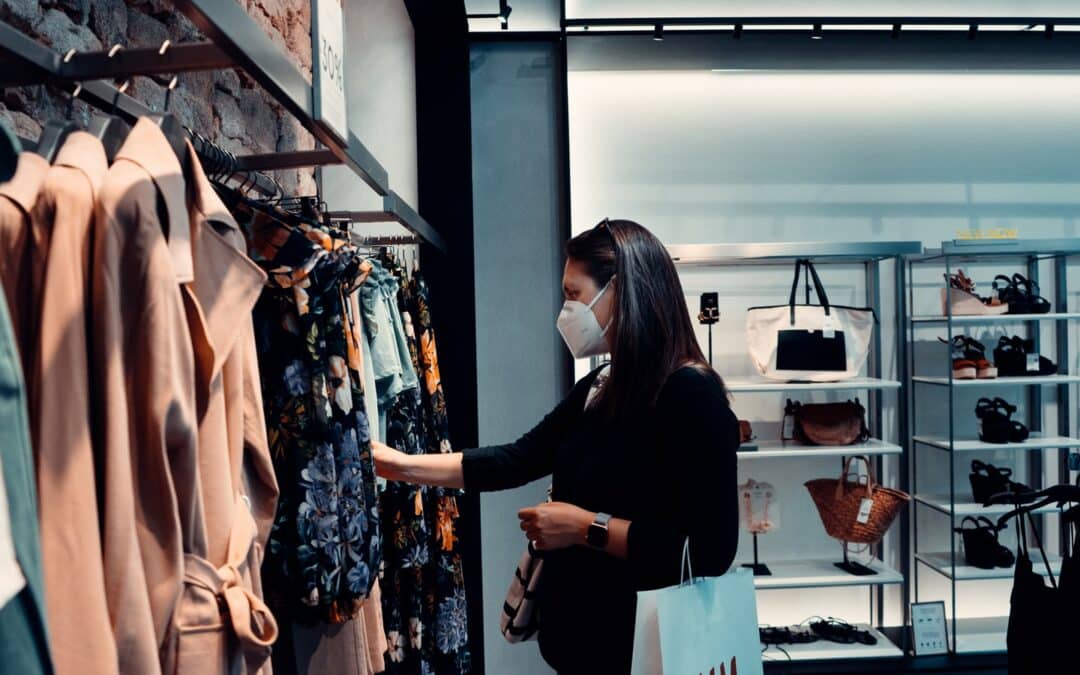As a retailer, you know how important information is to your success. The internet, social media, online sales, loyalty cards. They all provide granular levels of information that can give you the edge when it comes to analyzing and predicting consumer behavior.
At Red Mountain, we know that retailers are looking for every advantage they can get when it comes to analyzing and influencing buying decisions, in this article we look at how heat maps can show you how your customers shop.
Heat Mapping as a Way to Analyze Consumer Behaviour
Heat maps to track user behavior aren’t new. The web design industry has used them for years to track how users interact with a web page through clicks, scrolls and eye movements around the page.
The heat map is generated showing the popular ‘hot’ areas of the page and the less popular one ‘blue’. Unlike web designers, the heat mapping used in actual stores has a slightly more literal meaning.
When it comes to heat mapping in a physical retail store, special body heat-detecting cameras track how customers move throughout the store. Where do they head first? Where do they linger? Which areas do people spend the least time in?
It is well known in retail that touching a product greatly increases the chances that it will be purchased. So in order to get people to interact (and then buy) products, heat maps can be used to improve merchandising and layout of the store.
If for example, people are touching a product a lot, but it is not translating to sales, then there is another issue, such as price, that is preventing the sale.
The technology is so precise that it is possible to detect which particular item people are most interested in and which types of stock displays attract customers to them.
How to Improve Sales Using Heat Mapping
You might be thinking that heat mapping isn’t necessary and that sales data is all that is needed. But neither your sales data nor heat mapping work in isolation. Together, they can build a clearer picture. Heat mapping can show:
- Demographics of consumers interested in particular products
- Popularity of displays
- How consumers react to and follow signage
- Which areas of the store receive the least footfall
Comparing heat map data with your sales data can pinpoint where you can make improvements. For example, if a heatmap clearly shows how popular a certain item is, but you aren’t selling many of them, are they priced incorrectly? Or is there something wrong with the stock on the display such as a lack of a particular size of clothing?
Combining this data will allow you to conduct market research on displays, layout, and pricing strategy. It is incredibly useful information for many departments within your organization including purchasing, merchandising, and marketing.
Limitations of Heat Mapping
As we’ve already seen, heat mapping is only one tool in the consumer research arsenal. It isn’t foolproof and does have limitations in certain situations including:
- Gaps in coverage – if you are unable to place cameras in certain areas, then you are working with incomplete data. Too many cameras placed around the store can make people very uncomfortable, which in turn will change how they behave. Therefore the data you collect will not be a true representation of consumer movements.
- Over Reliance on hotspots – some hotspots give a false picture as they are not related to shopping habits. Pop-up shops, special initiatives with samples, that space outside of waiting rooms where people wait while their partners try clothes on, or areas near customer information points, etc can draw attention to the wrong areas.
- The information is only useful in the hands of people who know how to use it. If you are going to invest in heat mapping, you should also invest in training key employees on how to interpret it. Not having the relevant knowledge could cost you more than just equipment, but could lead to some very expensive mistakes if you misinterpret the data when designing your experiments. Alternatively, you can use a third-party specialist to interpret the data for you.
How to Upgrade Your System for Heat Mapping
Red Mountain Technology Solutions has a great deal of experience in designing and implementing data infrastructure and equipment.
Depending on your existing infrastructure and CCTV equipment, it could be a relatively easy project to swap out your existing cameras for specialized heat mapping ones and recording equipment.
Talk to one of our specialists today about your Voice, Data, and CCTV equipment needs.

